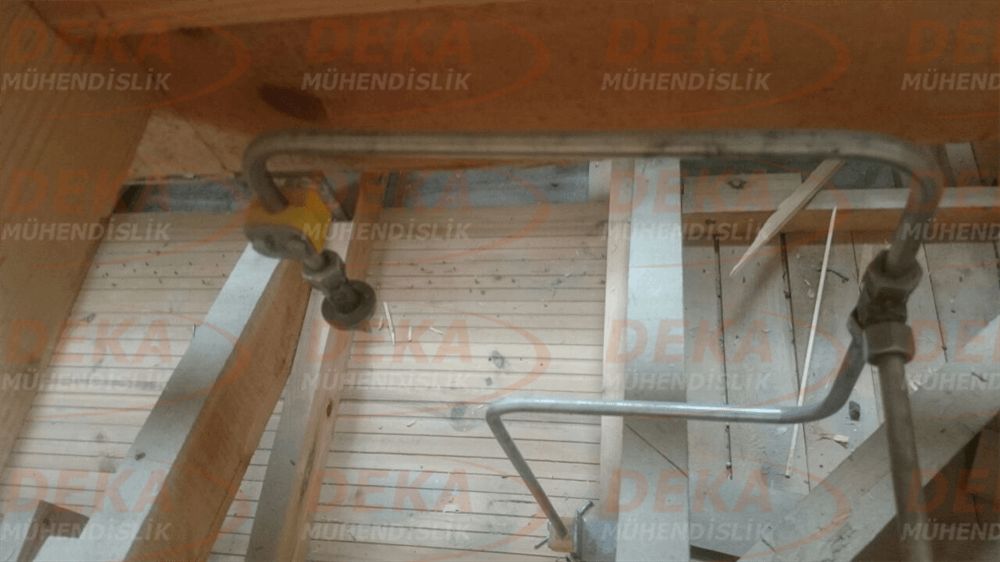



It is a quenching technique that increases the absorption area of the heat energy in the environment by separating the water into very small particles and turning it into a cloud fog. It is a system used since 1930.
According to the American Norms; if system less than 12,5 bar it is a low pressure system; Medium pressure system between 12,5 bar and 35 bar; if system above 35 bar it is a high pressure system.
According to the European Norms; if system less than 16 bar it is a low pressure system; If it is higher than 16 bar, it is a high pressure system.
Under high pressure, water molecules return to the fog cloud containing small particles. It absorbs the heat energy generated by the fire and evaporates and decreases the ambient temperature. By reducing the ambient temperature from 900 ° C to 50 ° C, a cooling effect occurs. As the water fog particles pass from the liquid phase to the gas phase, it expands 1760 volumes and removes the oxygen in the air in the center of the fire. The amount of oxygen in the air drops from 21% to 17%. The energy absorption capacity of 1 liter of water is 335 kJ while heating from 20 ° C to 100 ° C and 2257 kJ when changing from liquid phase to gas phase.
Features of the Water Mist System
- It decreases the temperature of the burning surface by cooling the hot gases emitted from the fire.
- Water consumption is low.
- Required water tank capacity is low.
- Small diameter pipe is used.
- High efficiency.
- Does not harm the environment and human health.
- Clean.
- Sealing condition is not required in the application environment.
- Removes oxygen from the environment.
- It reduces the oxygen level in the environment from 21% to 17% 5 minutes after the application.
- It reduces the ambient temperature from 900° C to 50° C 1 minute after application.
- When pure water is used, the conductivity problem disappears.
- The extinguisher cost is low.
- It can be tested.
- It can be used in flammable liquid fires.
- Total area and local area protection applications are possible.
- It absorbs the radiant heat transfer and prevents the fire from moving to other places.
- It ensures that the toxic gases formed during and after the fire dissolve in water and become harmless.
General Applications of Water Mist Systems
- Museums
- Historical buildings
- Archives
- Libraries
- CNC machines
- Conveyors
- Gas turbines
- Computer rooms
- Cable tunnels
- Industrial kitchens
- Flammable material storage areas
- Tunnels
- Metro stations
- Engine test rooms
- Board rooms
- Control rooms
- transformers
- Wind mills
- Restaurants and kitchens
- Oven and cooking systems















